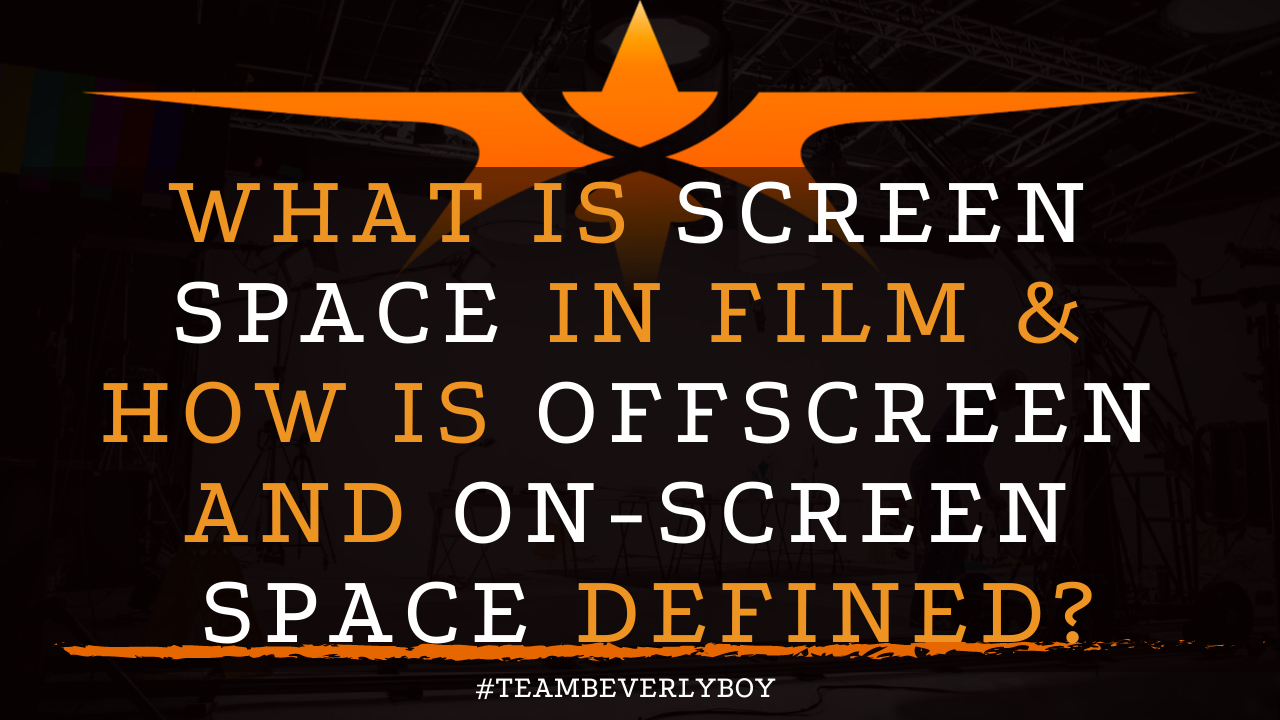
What is Screen Space in Film & How is Offscreen and On-Screen Space Defined?
The steps that a filmmaker takes to carefully plan Screen Space in Film are often under-appreciated. There is so much that a cinematographer must consider when it comes to composition and determining what to include within the screen space and how to tell the story using off-screen space, too.

The areas within the screen and off-screen both play very important roles in the storytelling process, but what is meant by Screen Space in Film, exactly?
What is Screen Space in Film?
Screen space, or on-screen space, is defined by the actual screen – it’s everything that is included within the screen or what’s within the frame. We call all of the objects and elements that you see in the frame or in the screen space the composition. Particular, composition is how these elements are coordinated or organized within the frame.
Screen Space in Film is important for the cinematographer to understand and consider carefully with each shot and scene captured. However, screen space extends beyond the screen as there is equally important meaning in off-Screen Space in Film.
What is Off-screen Space in Film?
The off-Screen Space in Film is represented by the areas outside the frame. This includes what we cannot see, but we know it’s there based on the storytelling nature of the videography. The off-screen space in film is represented by the top, bottom, left, and right quadrants that lay outside the visible area of the frame.
Although this is space that is not physically visible within the frame, the audience makes assumptions about what is present within the off-screen space based on how the narrative of the story plays out. For instance, a character might look up toward the stars and mention a shooting star. However, the stars may not be within the visible area of the frame, so they are considered off-screen space and while the audience does not see them, they can make the assumption or inference to the starts based on the actions of the character.
Why is On-Screen Space & Off-Screen Space Important?

Film composition is largely defined by the on-screen space. This is the part of the film scene that is visible to the audience and can be controlled by the cinematographer. In fact, screen space is important because we have full control over what the audience sees and how they see it when we capture images within the frame.
Likewise, off-screen space is important too. In fact, filmmakers often use off-screen space to their advantage to help audiences make assumptions about what is present off-screen or just outside their viewable area of the frame. Filmmakers do this to save money on production and to save resources. Just as the on-screen space in film is vital because it represents exactly what we want the audience to see how we want them to see it, the off-screen space represents what we want the audience to visualize despite it not being present in reality.


